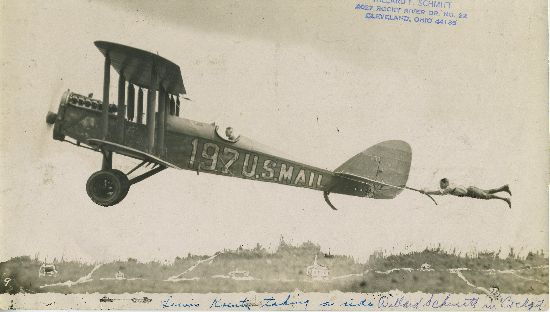GDES-315 fall 2023 / David Ramos, American University Design
Publishing systems
Redesign Greater Greater Washington. Work with site organization, the reader’s context, page layout, and type and images; and design small parts that fit together as a larger system.

Issues
- What audiences does the site serve? In what contexts?
- What is the site’s purpose?
- How is the site organized?
- What do individual stories look like, for key story types?
- How will readers move on, once they finish reading a story?
- How can readers find stories about particular topics?
- How will you carry the typographic system across the whole site?
- What’s the grid?
- What do readers see when they first arrive? (Where do they arrive?)
- How does navigation work? What does the global navbar look like? The local navbars?
Deliverables
- A single-page document with text and graphics explaining the intent of your redesign
- Site map (turn in as PDF)
- Desktop/laptop-sized clickable prototype for at least 12 different screens, including the home page, two different types of section home pages, article pages. Have refined type, image, and layout. (Turn in as link to prototype, along with a PDF.)
- Smartphone-sized clickable prototype for three pages. (Turn in as link to prototype, along with a PDF.)
For due dates, as with all projects in this class, see the course schedule.
Evaluation
Your final project will be graded on craft and execution, the quality of graphic design decisions (issues like image choice, type handling, layout), and on interaction and user experience questions (issues like site structure, usability, and navigation). Present work for each critique—process is also part of your grade.
Resources
- GGWash assessment in FigJam
- Examples of ways of communicating design concepts (PDF) — moodboard, type samples, color palettes
- GGWash Flickr pool
Other sites
Sites to consider:
- Baltimore Brew
- The Intercept
- October
- Food52
- Serious Eats
- Pro Publica
- The Marshall Project
- Design Observer
- Working File
- 99 Percent Invisible
- New York Times
- Nowness
- Triple Canopy
- The Great Discontent
- A List Apart
- McKinsey Quarterly
- Yale Environment 360
- Quartz
- Field Notes subscriptions
- Bunk
Fonts
You may use fonts from this list, and fonts in the same families/superfamilies. Obtain instructor permission for using a font that doesn’t appear on this list.
- Lato (Łukasz Dziedzic)
- Source Sans/Source Serif/Source Code superfamily (Paul D. Hunt)
- Merriweather superfamily (Sorkin Type)
- Playfair Disolay (Claus Eggers Sørensen)
- Fira Sans (Carrois Apostrophe)
- Barlow family (Jeremy Tribby)
- PT Sans/PT Serif superfamily (ParaType)
- Libre Franklin (Impallari Type)
- Martel superfamily (Dan Reynolds, Mathieu Réguer)
- Ultra (Astigmatic)
- Neutron (Brian Zick)
- Merienda (Eduardo Tunni)
- Lusitania (Ana Paula Megda)
- Literata (TypeTogether)
- IBM Plex superfamily (Mike Abbink, Bold Monday)
- Libre Baskerville (Impallari Type)
- Cormorant Garamond (Christian Thalmann)
- EB Garamond (Georg Duffner, Octavio Pardo)
- Noto superfamily (Google)
- Alegreya (Juan Pablo del Peral, Huerta Tipográfica)
- Crimson Text (Sebastian Kosch)
- Arvo (Anton Koovit)
- Public Sans (USWDS, Dan Williams, Pablo Impallari, Rodrigo Fuenzalida)
- Overpass (Delve Withrington, Dave Bailey, Thomas Jockin)
- Zilla Slab (Typotheque)